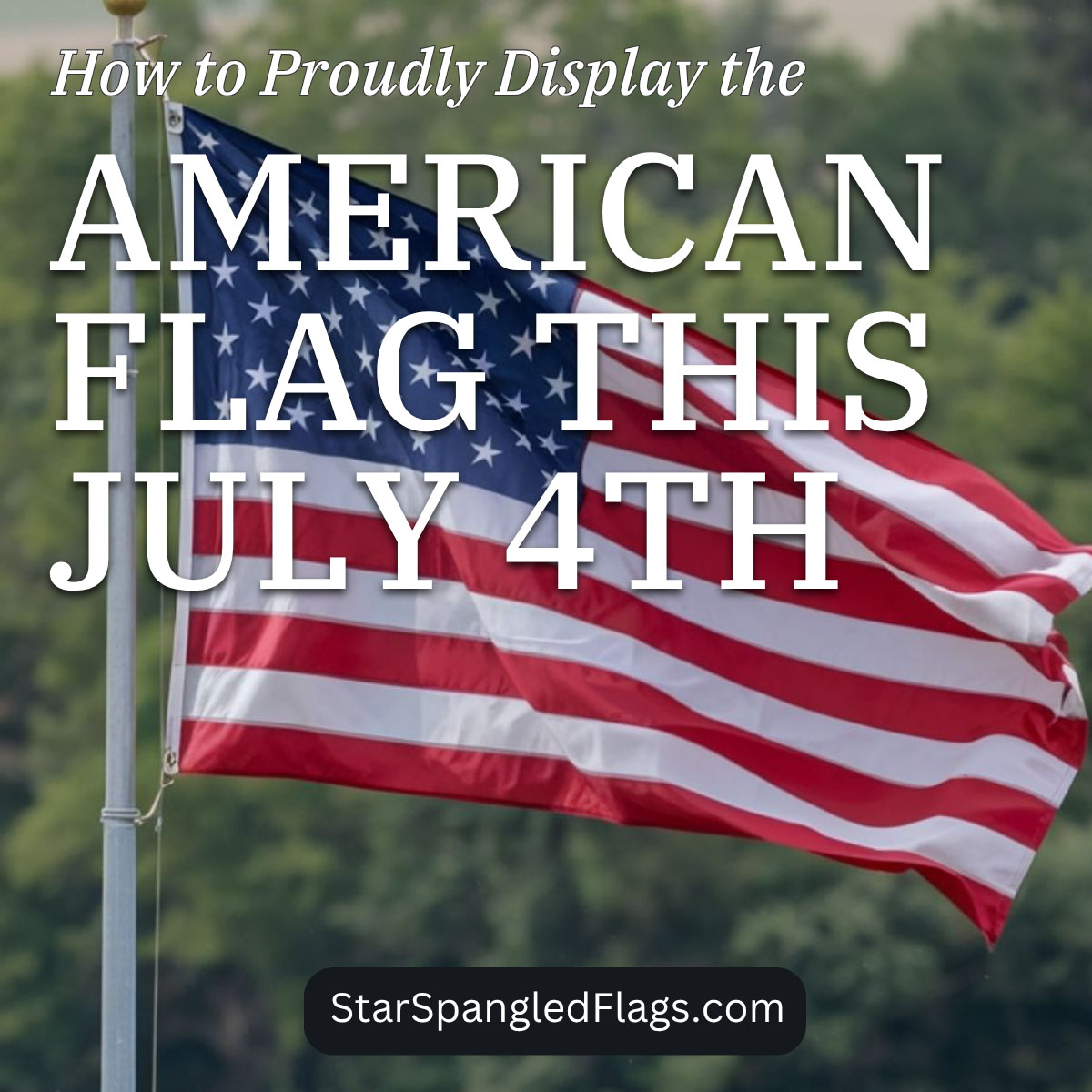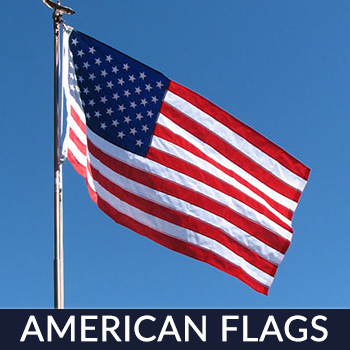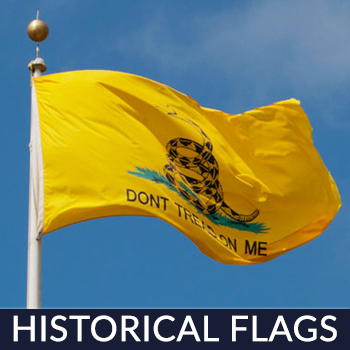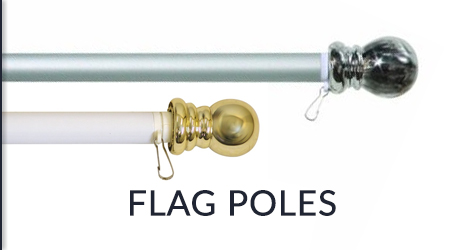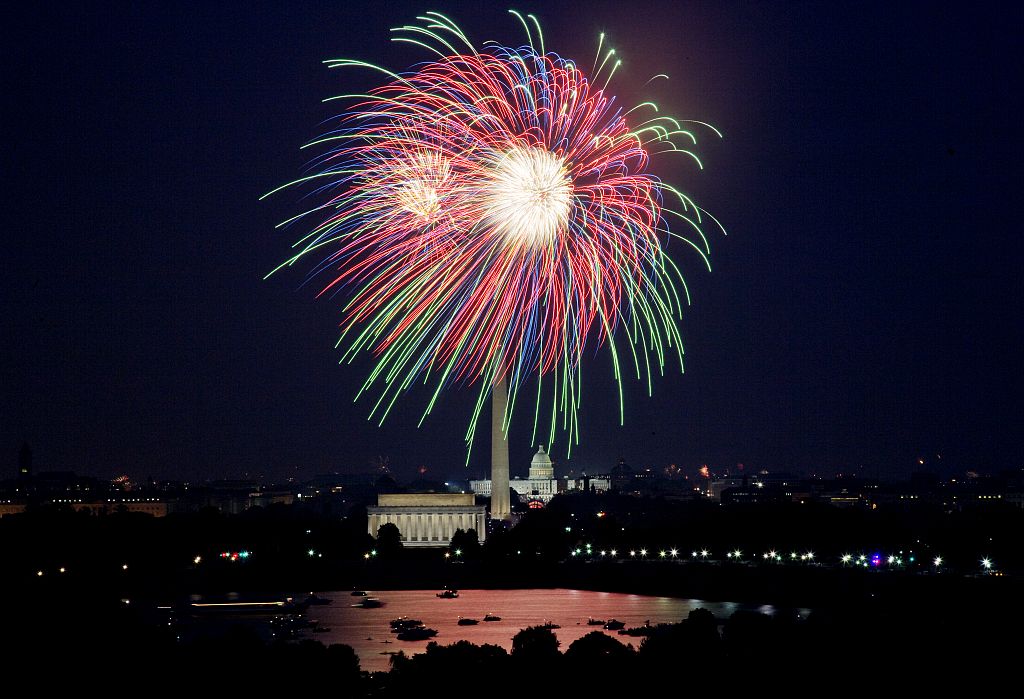
This Fourth of July, let your patriotic spirit soar by displaying our nation’s flag with the honor and respect it deserves. The Stars and Stripes isn’t just fabric—it’s a living symbol of American freedom, sacrifice, and unity.
Following proper flag etiquette shows reverence for our veterans, honors our history, and demonstrates your pride in being an American. Here’s your complete guide to displaying Old Glory with dignity this Independence Day.
-
Nylon Embroidered American Flag
 Select Options
Select Options
-
Out of stock
Polyester Embroidered American Flag
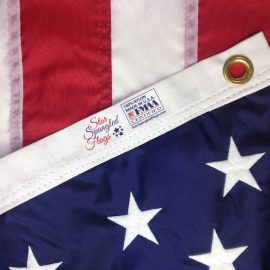 Select Options
Select Options
-
Cotton Embroidered American Flag
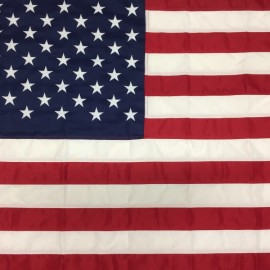 Select Options
Select Options
-
Silver No Tangle Flag Pole with Silver Globe
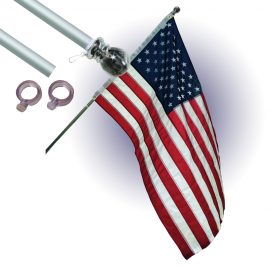 Select Options
Select Options
Understanding the U.S. Flag Code
The Foundation of Flag Respect
The U.S. Flag Code, established in the 1920s, provides the official guidelines for displaying our national flag. While not legally enforceable, following these guidelines shows deep respect for what our flag represents.
July 4th is designated as an official flag holiday, making it one of the most important days to proudly display the American flag. This isn’t just tradition—it’s a patriotic duty that connects us to generations of Americans before us.
“The flag is the embodiment, not of sentiment, but of history.”
– Woodrow Wilson
Proper Timing for Flag Display
Sunrise to Sunset Rule
Display your American flag from sunrise to sunset on July 4th. Don’t wait until afternoon festivities begin—raise that flag as the sun comes up to show your patriotic spirit starts with the day.
On the East Coast, this typically means raising the flag around 6:30 AM and lowering it by 8:50 PM. Check your local sunrise and sunset times to honor this important tradition properly.
Night Display Guidelines
Want to keep your flag flying after dark? You absolutely can—but only if it’s properly illuminated. Solar flag pole lights or dedicated spotlights ensure your flag remains visible and honored throughout the night.
A well-lit flag flying through the night sends a powerful message: American freedom never sleeps.
Pro Tip: Install a solar flag light before July 4th so your flag can proudly wave 24/7 during the holiday weekend.
Weather Considerations and Flag Protection
Protecting Your Flag from the Elements
Take down your American flag during severe weather, including heavy rain, strong winds, or storms. Even the highest quality flags can suffer damage from harsh conditions.
However, don’t let light rain stop you from flying your flag on Independence Day. Modern weather-resistant flags made from nylon or polyester can handle typical summer showers just fine.
Choosing the Right Flag Material
For outdoor display, nylon flags offer the best durability and weather resistance. They dry quickly, resist fading, and fly beautifully in light breezes.
Cotton flags provide a classic, traditional look but require more care. Polyester flags offer a middle ground with good durability and vibrant colors that resist fading.
Proper Flag Positioning and Display
The Golden Rules of Flag Placement
Always display your flag so it flies freely in the air. No part of the flag should ever touch the ground, floor, water, or anything beneath it. This shows ultimate respect for what our flag represents.
When displaying the flag vertically against a wall or window, ensure the blue field (union) appears in the upper left corner from the observer’s perspective.
Important: Never display the flag upside down except in cases of extreme distress or life-threatening emergency. An inverted flag is an official distress signal.
Flag Precedence and Multiple Flags
When displaying the American flag with state flags or other banners, the American flag should always be positioned highest or at equal height if on separate poles.
If flying flags on the same pole, the American flag goes on top. When displaying multiple flags of equal status, arrange them alphabetically by state or organization name.
Flag Installation and Equipment
Choosing the Right Flag Pole
Your flag pole should be proportional to your flag size. A general rule: for every foot of flag width, you need about 2 feet of pole height. A 3×5 foot flag looks perfect on a 12-15 foot pole.
Residential flag poles typically range from 15-25 feet for yard installation, while house-mounted poles are usually 5-8 feet long.
Essential Flag Hardware
Invest in quality hardware that honors your flag’s importance. Stainless steel grommets, heavy-duty rope or halyard, and secure mounting brackets ensure your flag displays proudly and safely.
Add a flag pole topper (finial) like an eagle, ball, or spear point for a finishing touch that shows your attention to patriotic detail.
Flag Display Checklist
- Quality weather-resistant flag
- Proper-sized flag pole
- Secure mounting hardware
- Rope or pulley system
- Optional: Solar flag light for night display
- Flag pole topper for finishing touch
Flag Ceremonies and Respectful Practices
Raising and Lowering Your Flag
When raising or lowering the American flag, place your hand over your heart as a sign of respect. Remove hats during this ceremony, and face the flag throughout the process.
Raise the flag briskly to the top of the pole, but lower it slowly and ceremoniously. This tradition honors both the joy of American freedom and the solemn respect we owe our flag.
Teaching Children Flag Etiquette
July 4th provides the perfect opportunity to teach children proper flag respect. Show them how to hold their hand over their heart, explain why we honor the flag, and let them help with the flag ceremony.
These moments create lasting patriotic memories and ensure the next generation understands the importance of flag etiquette.
Common Flag Display Mistakes to Avoid
Clothing and Decoration Guidelines
Never wear actual American flag fabric as clothing. However, flag-themed clothing with stars, stripes, or patriotic colors is perfectly appropriate and shows your American pride.
The distinction matters: clothing made from flag fabric violates the Flag Code, while clothing featuring flag-inspired designs celebrates American spirit.
Commercial and Decorative Use
Avoid using the flag for advertising, as a tablecloth, or as general decoration. The American flag should be displayed as itself—a symbol of our nation—not as a decorative element.
Use flag-themed bunting, streamers, and decorations instead to create patriotic atmosphere while keeping the actual flag in its place of honor.
Photography Tip: When taking photos with the flag, ensure it’s displayed properly and treat it with respect even in casual pictures. Your social media should reflect the same flag etiquette you practice in person.
Flag Care and Maintenance
Keeping Your Flag Beautiful
Clean your flag regularly to maintain its dignity and appearance. Most modern flags can be gently machine washed in cold water with mild detergent, then air dried.
Inspect your flag regularly for wear, fading, or damage. A tattered flag doesn’t honor America—it’s time for respectful retirement and replacement.
Proper Flag Storage
When not displayed, fold your flag properly using the traditional 13-fold method that creates a triangle showing only the blue field with stars. Store it in a clean, dry place away from moisture and pests.
A proper flag case or storage box protects your flag and shows the same respect you’d give any treasured symbol of American freedom.
Special July 4th Display Ideas
Creating Memorable Displays
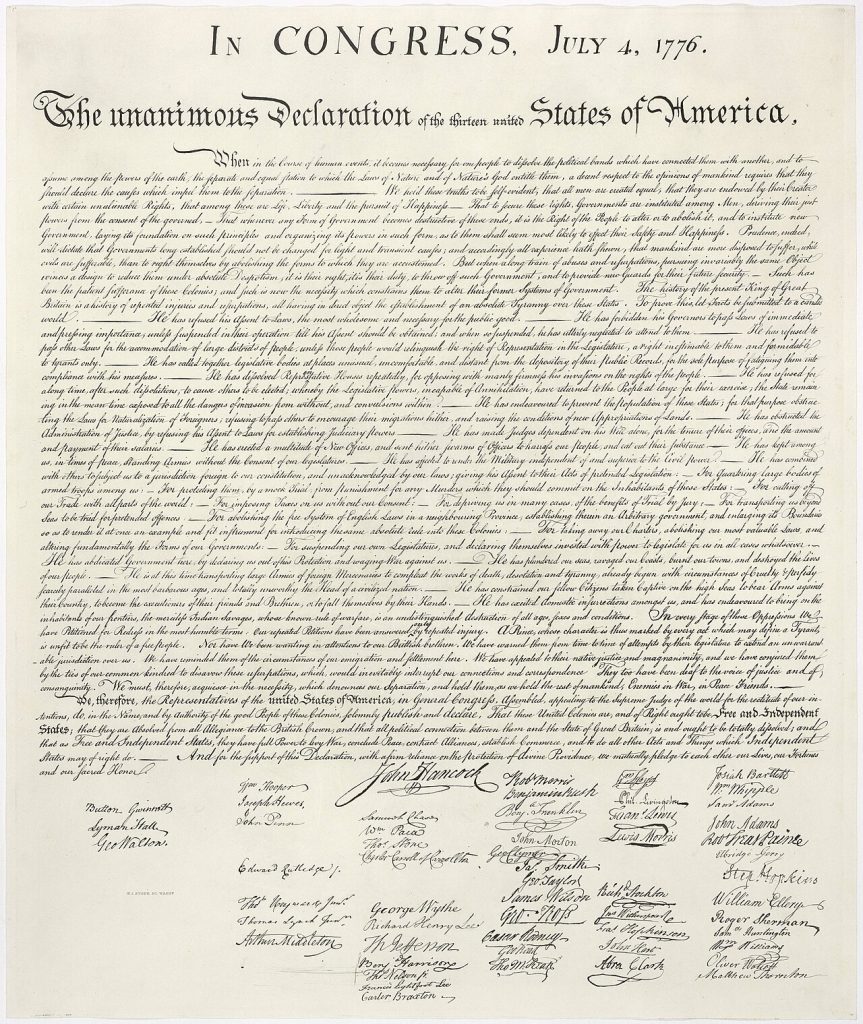
Consider displaying your flag alongside photos of family members who served in the military. This personal touch connects your patriotic display to the real sacrifices that keep America free.
Coordinate with neighbors to create a neighborhood flag display that shows community-wide American pride. Nothing says “patriotic neighborhood” like a street lined with properly displayed American flags.
Educational Opportunities
Use Flag Day (June 14th) as practice for your July 4th display. This gives you time to perfect your setup and teaches family members proper flag etiquette before the big day.
Consider hosting a flag raising ceremony with family and friends on July 4th morning. Start your Independence Day celebration by honoring the symbol that represents everything we’re celebrating.
Proper Flag Retirement
When It’s Time to Say Goodbye
When your flag becomes too worn to display with dignity, retire it respectfully. Contact your local American Legion, VFW, or Boy Scout troop—many organizations conduct proper flag retirement ceremonies.
Never throw a worn flag in the trash. Our flag deserves the same respect in retirement that it earned through faithful service representing our nation.
“A flag is a powerful symbol, and a tattered flag dishonors not just the fabric, but everything it represents.”
Making This July 4th Special
Your Flag, Your Patriotic Statement
This Independence Day, let your properly displayed American flag be a beacon of pride in your community. Show your neighbors, your children, and yourself what it means to honor American traditions.
Every flag flying proudly on July 4th sends the same powerful message: here lives someone who understands the price of freedom and chooses to honor those who paid it.
By following these guidelines, you’re not just displaying a flag—you’re participating in a sacred American tradition that connects you to every patriot who has ever looked up at the Stars and Stripes with pride.
Final July 4th Flag Display Reminders
- Raise your flag at sunrise
- Lower it at sunset (unless illuminated)
- Keep it flying freely without touching anything below
- Take it down during severe weather
- Place hand over heart during raising/lowering
- Display with pride and teach others proper respect
This July 4th, let your American flag fly as a symbol of your gratitude for freedom, your respect for those who defended it, and your commitment to the principles that make America the land of the free and the home of the brave.
Consider Sharing
If this post has helped you, please take a moment to share it with someone you know in your social accounts or email. The more people who know this information, the better America will be.

